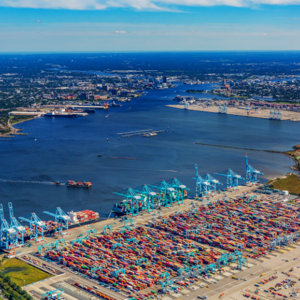With a current lack of significant long-term pipeline for floating offshore wind beyond individual project rounds– the US and leases offshore California being an example - there is a clear fear of missing out for local suppliers. These first projects are often the only initial visible opportunity to gain track record and exposure to floating offshore specific requirements and start on a pathway to reaping long-term benefits. At the same time, the common assumption on local content’s higher cost compared to overseas, established sourcing means local supply chain engagement is one of the first things to be reconsidered and – where necessary – reduced in early development to improve bankability options.
Actions to help reduce part of the risk of leveraging local content and promoting supply chain development have been numerous, including targeted investments in R&D opportunities, market demand and capability assessments for key work packages, offtake and subsidy mechanisms that incentivise local procurement and workforce development such as bidding credits and Supplier Diversity Plans, and of course key legislations like the Inflation Reduction Act (IRA). The IRA and its provision of the Advanced Manufacturing Credit in particular for the local fabrication of key turbine components and fixed and floating foundation offers a mechanism of directly mitigating part of the financial burden and risk of using local suppliers. However, an understanding of the full impact of these mechanisms and incentives on risk mitigation and cost offsetting is still pending as well as clarifications on elements such as mooring components, anchors and variations in assembly of foundations versus full fabrication.
There are practical steps though that can be taken at a project and wider industry level to work more closely with suppliers, insurers and financiers and respond to current assumptions on risk management. Greater partnering between suppliers to enhance their combined capacity is one such example. Enabling this is early and continuous engagement with the developers and EPCI players to ensure effective interface management. Recent US programme examples such as FLOWIN provide another excellent example of incentivising early partnerships between various project stakeholders that can enable supplier capability as well as communicate and respond to potential concerns from insurers and financiers. This needs to be coupled but important conversations around liability and risk management within contractual arrangements – not just concerning the multiple component interfaces within the project, but between various suppliers, installation or EPCI contractors and the developers. Identifying areas of flexibility and support for local, less experienced suppliers here will be key to their overall long-term involvement.
On a larger policy level, it is important to consider what the priorities are for the first few projects. Is the focus on de-risking foundation technology concepts and reducing overall cost of delivery? Are we looking to maximise local content early on and set up local and smaller suppliers up for success? Power offtake levels and pricing need to be suitably set depending on the response to these questions and realistic enough to take recent lessons learned into account. Allowing for a more phased approached to project development within offtake mechanisms can further support a pathway for gradual de-risking of floating offshore wind components and capability building of local suppliers, reducing the pressure to immediately deliver for a competitive commercial-scale project.
